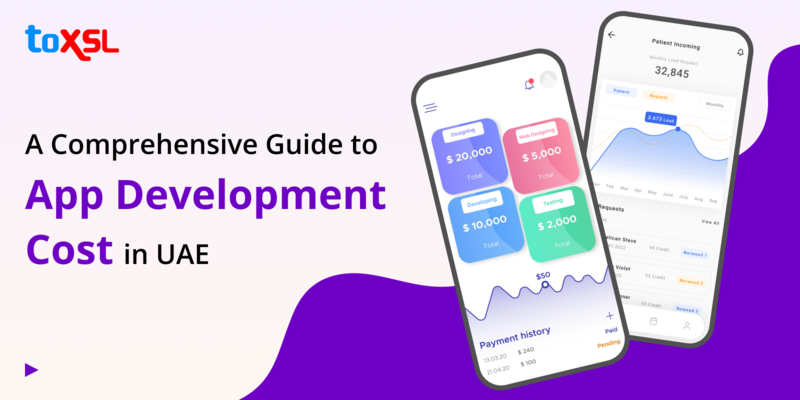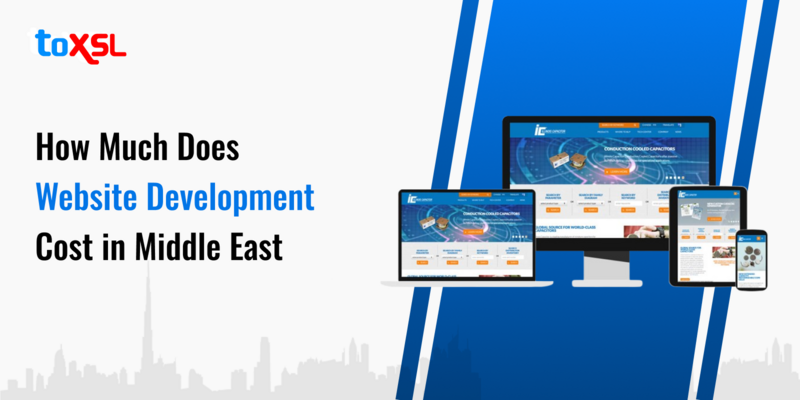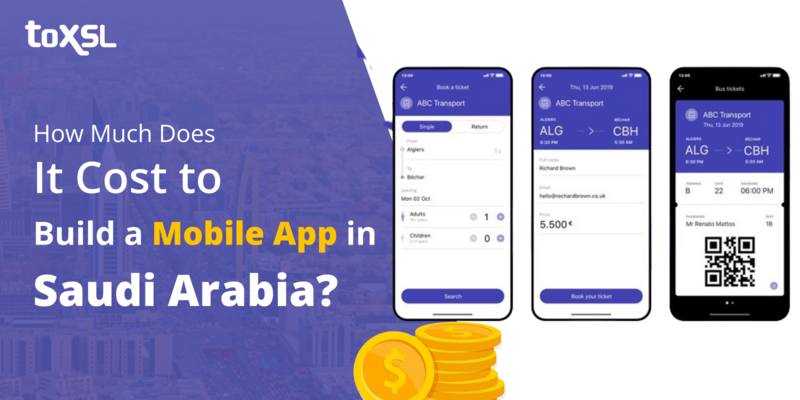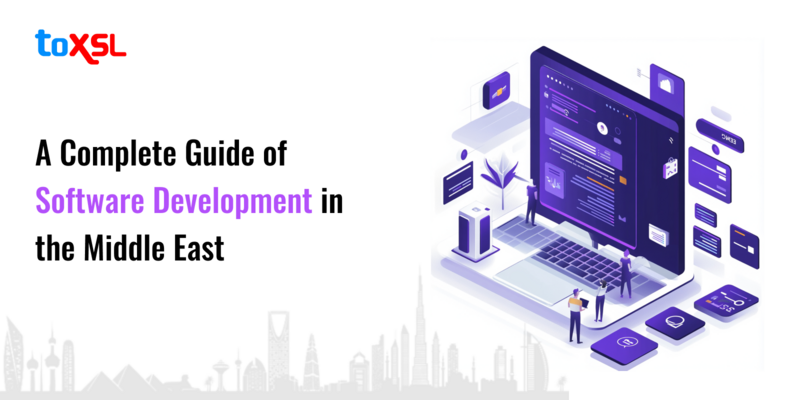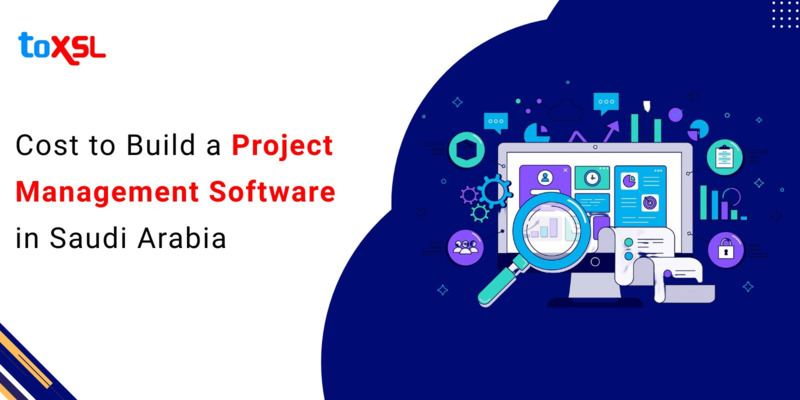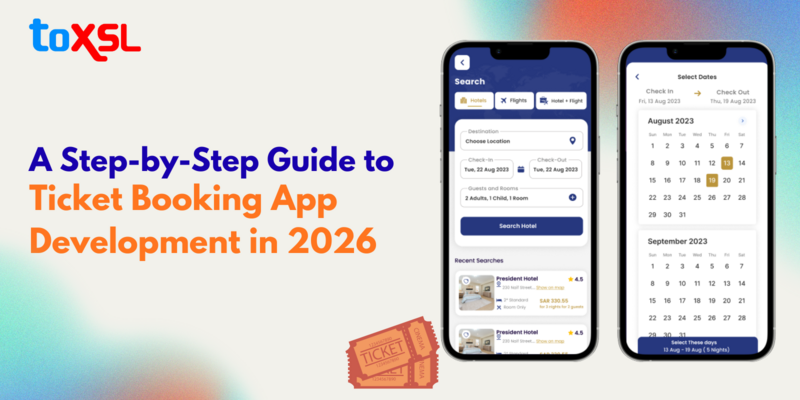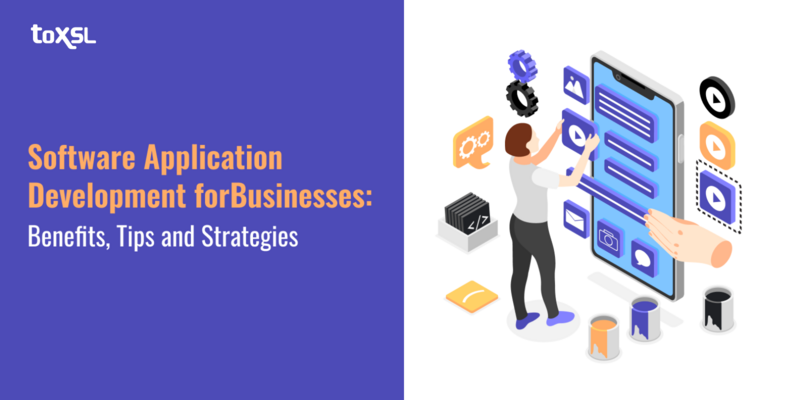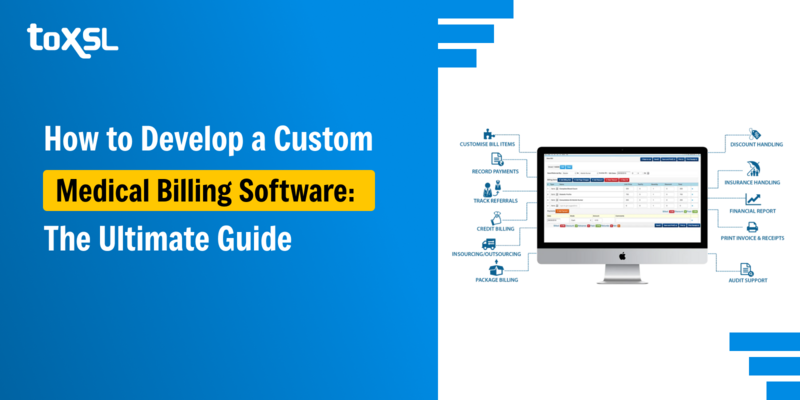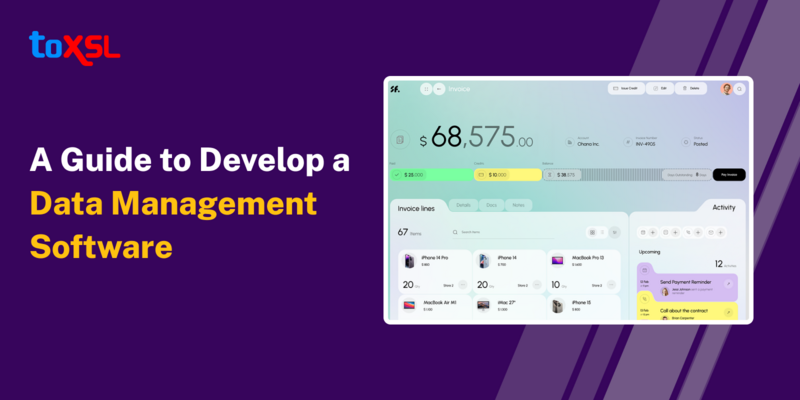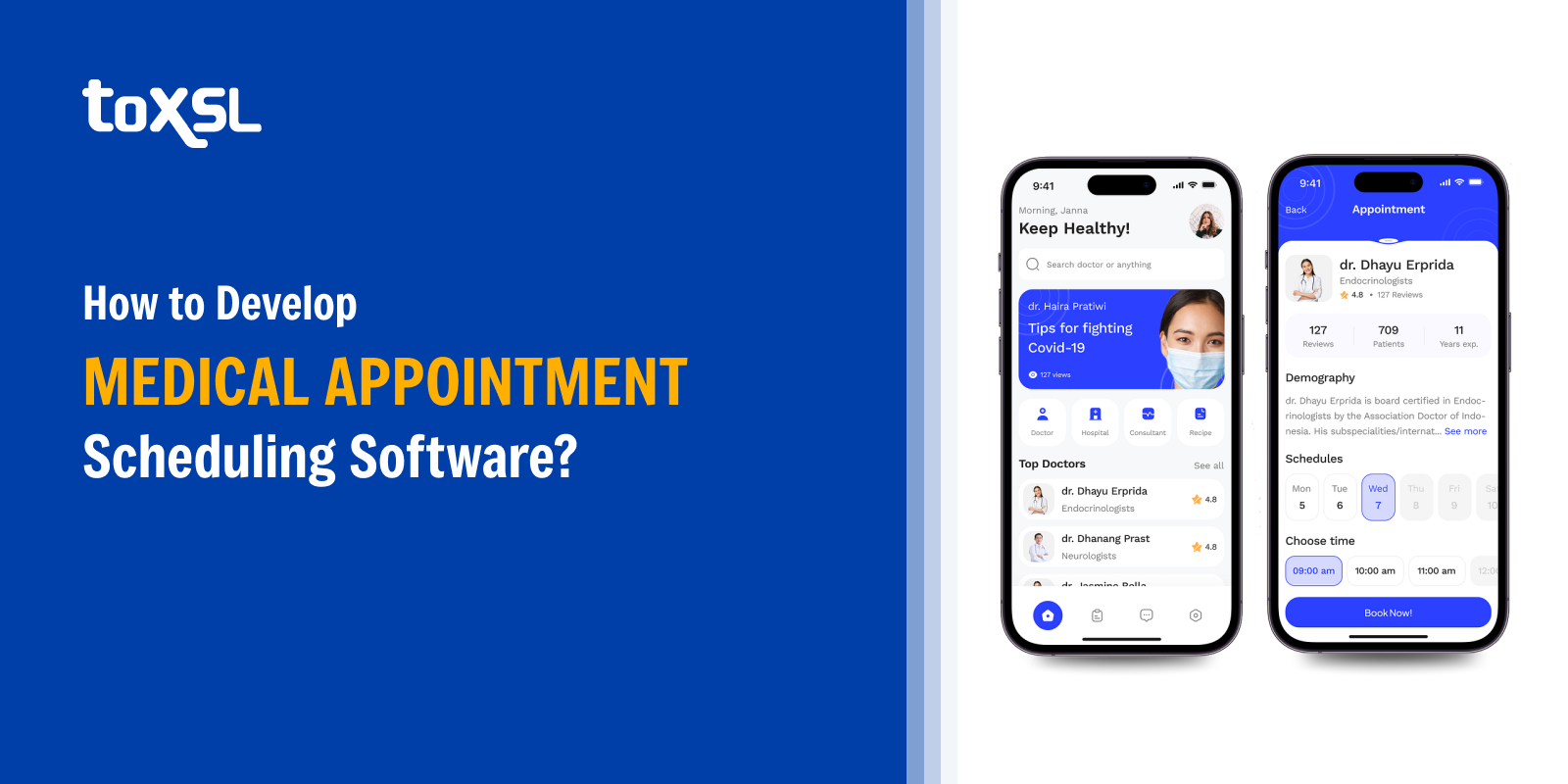
Did you know that 77% of patients search online for doctors? According to a report, the healthcare scheduling software systems market will reach $290 billion. 52.2% of medical practices in the USA spend more than 10 hours a week to help patients communicate regarding appointment booking.
Clearly, medical appointment scheduling software is the need of the hour for healthcare institutes. But how do healthcare businesses develop medical appointment scheduling software? Well, hiring a software app development company can help you develop the best medical appointment scheduling software.
Steps to Build a Medical Appointment Scheduling Software
Well, developing medical appointment scheduling software is challenging. It involves numerous steps and can be hard for businesses if they do not follow the right steps. Hence, we have curated the steps involved in the development of medical appointment scheduling software that can help businesses deal with the confusion. Let us move forward and discuss the steps involved in the development of medical appointment scheduling software.
1. Market Research and Planning: The first step in developing medical appointment scheduling software is conducting thorough market research. This involves identifying your target audience, which could include hospitals, clinics, or private practices. Understanding their specific needs is crucial for tailoring the software effectively. After gathering insights, outline the core features that your software will offer. Essential functionalities may include:
- Patient registration and profile management
- Appointment booking and rescheduling
- Automated reminders via SMS or email
- Integration with electronic health records (EHR)
- Reporting tools for analytics
2. MVP Prototyping: Once you have defined your core features, the next step is to create a prototype. This prototype should demonstrate how users will interact with the software and allow for early testing of its functionality. The MVP approach emphasizes rapid iteration based on user feedback. This means continuously refining your prototype until it effectively addresses user needs while remaining compliant with healthcare regulations.
3. Design Creation: With a validated prototype in hand, focus on creating an intuitive user interface (UI) and user experience (UX). The design should prioritize accessibility and responsiveness across devices.
4. Software Development: The development phase requires selecting appropriate technologies for building your application. Considerations include backend, frontend, and database management. Also, adopting Agile methodologies can enhance flexibility during development. This approach allows for regular updates based on ongoing feedback and testing, ensuring that the final product meets user needs effectively.
5. Quality Assurance: Quality assurance is vital to ensure that your software functions correctly before launch. Implement various testing methods, including functional testing, usability testing, and security testing.
6. Deployment: Once testing is complete and any issues have been resolved, prepare for deployment. This includes hosting solutions, data migration, and user training. After deployment, continue to support users by offering helpdesk services and regular updates based on user feedback. Monitoring performance metrics will also help identify areas for improvement over time.
Features of a Medical Appointment Scheduling Software
Now that we have discussed the steps involved in medical appointment scheduling software, let us talk about the features involved in medical appointment scheduling software. Following the steps involved in medical appointment software.
1. Online Scheduling: One of the most crucial features is online scheduling, which allows patients to book appointments through a web portal or mobile app. This capability reduces phone traffic and makes it easier for patients to choose their preferred time slots without needing to call the clinic. The system can display available times in real-time, enhancing the user experience and convenience.
2. Automated Appointment Reminders: Automated reminders are essential for minimizing no-shows and late arrivals. The software can send notifications via SMS or email to remind patients of their upcoming appointments. These reminders can be customized to go out a day or a few hours before the scheduled time, ensuring that patients are well-informed and less likely to forget their appointments.
3. Patient Portal: A patient portal provides secure access for patients to view their appointment history, request prescription refills, and communicate with healthcare providers. This feature enhances patient engagement by allowing them to manage their health information conveniently. It also fosters better communication between patients and providers, making it easier to address any concerns or questions.
4. Provider Schedules Management: The software should offer an overview of provider schedules, including availability, booked appointments, and appointment types. This feature helps administrative staff manage schedules efficiently and allows providers to see their daily workload at a glance. Color-coded calendars can help distinguish between different types of appointments, making it easier to navigate.
5. Waitlist Management: In cases where patients cancel or reschedule appointments, waitlist management allows clinics to fill those slots quickly. Patients can be added to a waitlist and automatically notified when a slot becomes available, ensuring that no time is wasted and maximizing appointment availability.
6. Recurring Appointments: For patients who require regular check-ups or treatments, the ability to set up recurring appointments is invaluable. This feature simplifies scheduling for both patients and providers, ensuring that follow-up visits are organized without requiring repeated manual input each time.
7. Insurance Verification: Integrating insurance eligibility verification into the scheduling process can streamline operations significantly. This feature allows healthcare providers to check a patient's insurance status in real-time, reducing billing issues and ensuring that patients are aware of their coverage before arriving for their appointments.
8. Reporting and Analytics: The ability to generate reports on appointment trends, patient demographics, and no-show rates provides valuable insights for healthcare providers. This data can help practices make informed decisions about staffing, marketing strategies, and operational improvements.
9. Integration with Electronic Health Records (EHR): Seamless integration with EHR systems allows healthcare providers to access patient records easily while scheduling appointments. This interoperability ensures that all relevant patient information is available during the appointment process, improving care quality and reducing administrative burdens.
10. Mobile Compatibility: As more users rely on mobile devices for everyday tasks, having mobile-friendly scheduling software is essential. A responsive design ensures that patients can book appointments from their smartphones or tablets without any hassle.
11. Customizable Appointment Types: Practices often have unique workflows; therefore, customizable appointment types allow clinics to tailor their scheduling systems according to specific needs—whether it's new patient visits, follow-ups, or telehealth consultations.
12. Telehealth Capabilities: With the rise of telemedicine, integrating telehealth features into scheduling software is increasingly important. Patients should be able to schedule virtual visits seamlessly alongside in-person appointments, providing flexibility in how they receive care.
13. Patient Billing Portal: A secure billing portal enables patients to pay for services online easily. This feature not only enhances convenience but also streamlines the revenue cycle for healthcare providers by facilitating prompt payments.
Cost to Develop Medical Appointment Scheduling Software
The cost to develop medical appointment scheduling software can vary significantly based on several factors, including complexity, platform, features, and the geographical location of the development team. Here’s a detailed breakdown:
Basic App
Cost Range: $12,000 – $50,000
Features: User login, basic UI design, simple navigation.
Medium App
Cost Range: $30,000 – $100,000
Features: More advanced functionalities like appointment reminders and user profiles.
Complex App
Cost Range: $45,000 – $300,000+
Features: Integration with electronic health records (EHR), telehealth capabilities, advanced analytics, and real-time updates
Benefits of Investing in Appointment Booking Software
Investing in appointment booking software can enhance the efficiency of your businesses. As patient expectations evolve, healthcare providers must adapt to meet these needs while maintaining high-quality care. Below are the key benefits of investing in an appointment booking software system.
1. Enhanced Customer Experience: One of the most immediate benefits of appointment booking software is the improvement in customer experience. Patients today prefer convenience and flexibility, and online booking systems allow them to schedule, reschedule, or cancel appointments at their convenience without needing to call the office. This self-service feature empowers patients, giving them control over their scheduling while reducing frustration associated with phone calls and waiting times.
2. Reduced No-Show Rates: No-shows can be costly for healthcare providers, leading to wasted time and lost revenue. Appointment booking software often includes automated reminders sent via SMS or email, which significantly reduce the likelihood of patients forgetting their appointments.
3. Improved Operational Efficiency: Appointment scheduling software automates many administrative tasks associated with managing appointments. This automation reduces the workload on staff members, allowing them to focus on more critical tasks such as patient care.
4. Centralized Patient Data Management: Appointment booking software often includes a centralized database where all patient information is stored securely. This feature allows healthcare providers to access comprehensive patient profiles quickly, including contact details, appointment history, and medical records.
5. Increased Revenue Potential: Investing in appointment booking software can lead to increased revenue through improved operational efficiency and reduced no-show rates. By maximizing appointment utilization and minimizing gaps in the schedule, practices can see more patients in less time.
6. Data-Driven Insights: Many appointment scheduling systems come equipped with reporting tools that provide valuable insights into scheduling trends, patient demographics, and appointment utilization rates.
7. Better Staff Coordination: Appointment booking software centralizes scheduling information for all staff members involved in patient care. This feature reduces confusion about appointments and ensures everyone has access to up-to-date information regarding schedules.
Wrapping Up:
Are you looking to develop medical appointment scheduling software? Look no further than ToXSL Technologies. We are a leading mobile app development company, known for offering the best app solutions to businesses worldwide. Our team of experts follows agile methodologies and ensures to create the most innovative solutions for businesses worldwide. Get in touch with our experts today and leverage our expertise.

